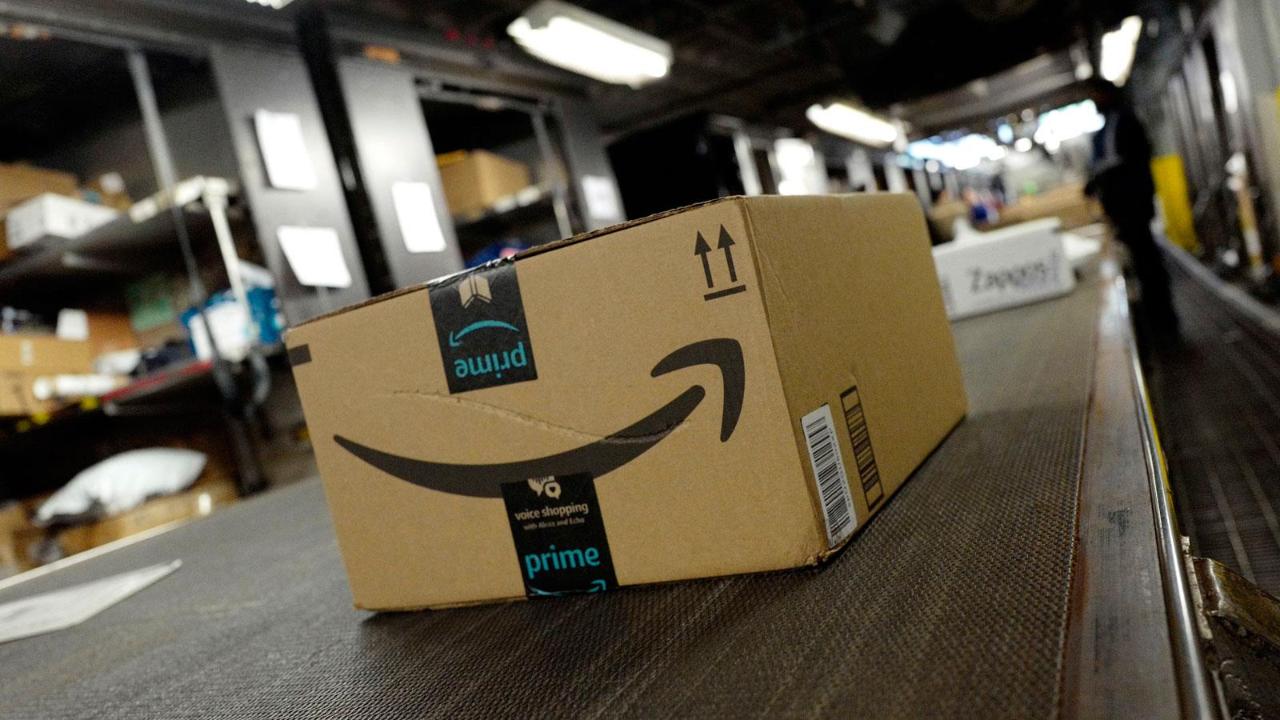Amazon's most profitable business will soon be advertising
The story behind Amazon's spike in profitability over the last couple of years has been the massive growth of Amazon Web Services, the company's cloud computing business. Net sales continue to grow around 50% year over year, and the business produces an operating profit margin that puts Amazon's core retail business to shame.
However, Amazon's advertising business is starting to steal some of AWS's limelight. Amazon's "other" revenue, which mostly consists of its advertising business, grew about 130% year over year in both the first and second quarters. (Accounting changes make the growth look like more than it is, but it's still impressive.)
Advertising can have even higher profit margins than Amazon's cloud-computing business -- see Facebook and Alphabet's core businesses. In fact, Amazon's ad business could produce more operating profit than AWS by 2021 , according to analysis from Piper Jaffray. That's quite impressive for a business that produced about $4 billion in revenue last year compared to AWS's $17.5 billion.
Winning over advertisers
For Amazon's ad business to keep growing, the company needs to win over advertisers. Amazon has shown already that its ad products generate higher conversion rates than Google. Nearly half of all internet product searches take place on Amazon, making it a prime destination for anyone with a physical or digital product to sell.
Amazon's greatest challenge is winning over more advertisers from competitors, particularly Facebook and Google. Despite Amazon's rapid growth, it's still a relatively small player in the advertising space. Although Amazon has "hundreds of thousands" of advertisers, Facebook alone has 6 million. While Facebook and Google recently have faced challenges related to data privacy, it hasn't had a major impact on advertisers' demand, particularly with small businesses.
Adding to Amazon's challenges, its ad business is built on several legacy platforms that aren't nearly as easy-to-use as Facebook or Google's ad purchasing systems. On the company's second-quarter earnings call, CFO Brian Olsavsky said the company is working on "improving the usability of our tools," increased automation of the ad buying process, and improving its measurement capabilities.
Last month, Amazon introduced some advertisers to a new unified purchasing system for all of Amazon's ad products, according to a report from Digiday. The system makes it easier to buy various ad products and track their effectiveness. If Amazon can successfully roll out an easy-to-use purchasing system to rival those of Facebook and Google, it will go a long way toward encouraging new advertisers to use Amazon's ad platform, particularly less sophisticated advertisers like small businesses.
Producing crazy-high profits
Advertising sales on Amazon could produce an operating margin of around 75%, according to Piper Jaffray's analysis. For reference, Facebook produced an operating margin of 44% last quarter, but it warned that will decline as it invests more in security and other initiatives over the next year. Google's operating margin was 28% last quarter, but that includes its growing hardware segment.
75% might seem high, but consider that the operational expenses of running the ad business have a lot of overlap with the retail business. Amazon doesn't have to pay the additional costs of running a massive highly trafficked website, because it already does that for its retail business. Facebook and Google, on the other hand, see those costs directly in their core advertising businesses.
Meanwhile, AWS produces an operating margin of around 26%. That ought to continue climbing as the business keeps scaling, but investors shouldn't expect it to reach levels near 75%. Fierce competition in the cloud-computing space from Google and others will keep pressure on Amazon's pricing. There are real costs associated with adding compute power, which aren't fully subsidized by Amazon's core retail platform. As such, AWS doesn't benefit from the same level of profitability as advertising. (Although it's still very profitable.)
So, $20 billion in advertising revenue could be worth as much as $60 billion in cloud computing revenue in the near future. And that's what Piper Jaffray's analysts are pointing out as a very real possibility for Amazon's business in 2021.
If Amazon continues to improve the ease of use for its advertising products, bringing more and more marketers on board, it should be able to keep growing at a healthy pace. And with the margin profile of the business, it's only a matter of time before it becomes Amazon's most profitable business, surpassing AWS.




















